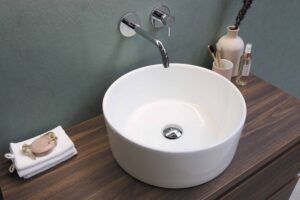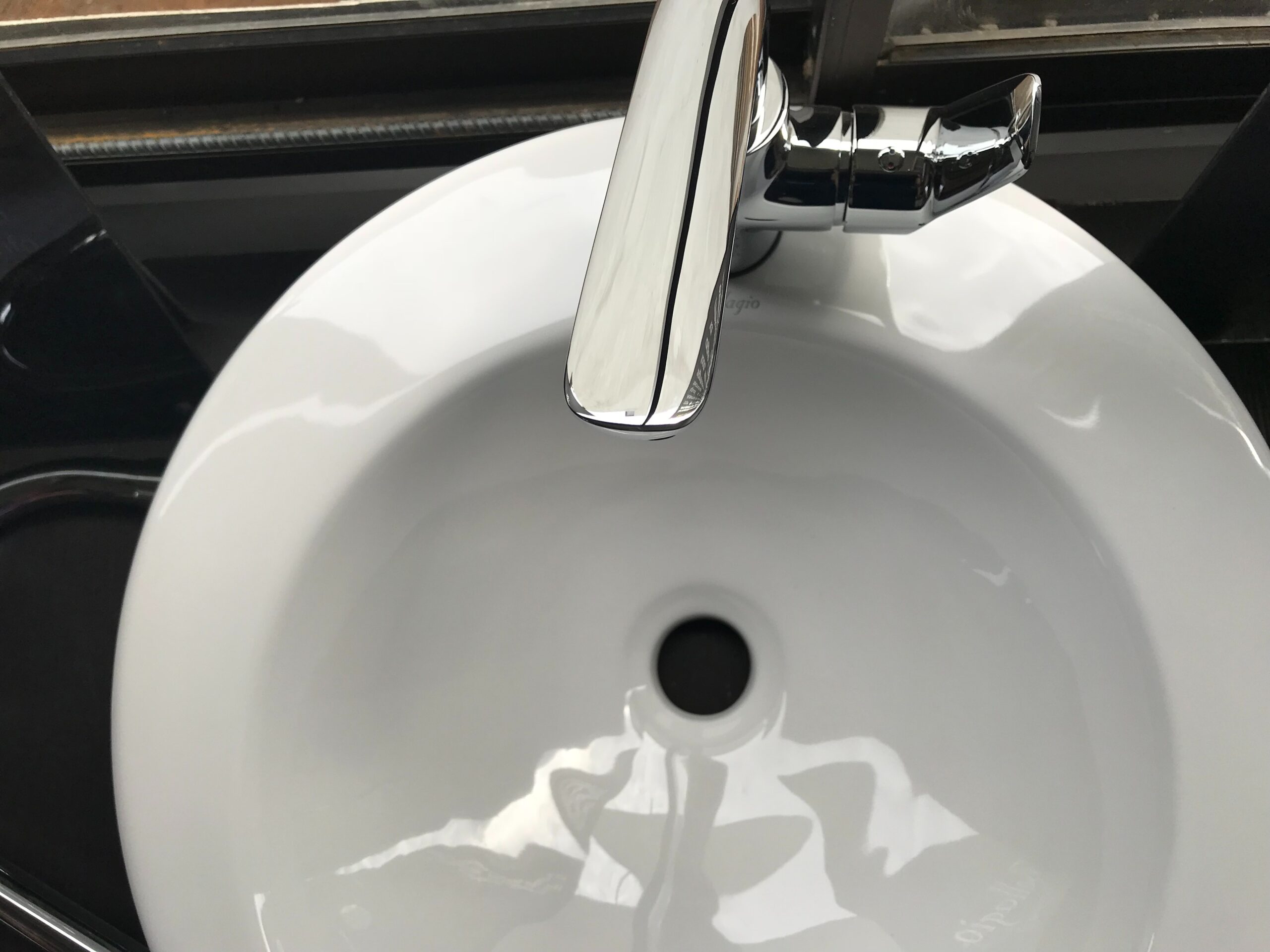Replacing pipes under a bathroom sink can undoubtedly appear as a daunting task, conjuring images of complicated plumbing maneuvers. However, armed with the right tools, a bit of patience, and some basic know-how, this seemingly intimidating chore can be transformed into a manageable and rewarding DIY project. In this guide, we’ll delve into the intricate process of replacing various components, including the bathroom sink drain pipe and the bathroom drain pipe, while ensuring that your plumbing system remains in optimal condition.
Tools Needed
Before embarking on this endeavor, make sure you’ve assembled the following tools, which will prove indispensable during the process:
Adjustable Wrench: This versatile tool’s adjustable jaws allow you to easily grip and turn nuts and bolts of varying sizes.
Slip-Joint Pliers: With adjustable pivot points, these pliers provide a firm grip on objects of different shapes and sizes.
Pipe Cutter or Hacksaw: In cases where the removal of old, stubborn pipes becomes necessary, these cutting tools will be your saviors.
Teflon Tape: A staple in any plumber’s toolkit, Teflon tape seals threaded connections, preventing leaks.
Replacement Pipes and Fittings: These new components are the lifeblood of your endeavor, replacing worn-out elements with renewed functionality.
Step-by-Step Guide
Follow these meticulously detailed steps to successfully replace the pipes lurking beneath your bathroom sink:
- Turn Off the Water Supply: The first step in any plumbing endeavor is to locate the shutoff valves positioned beneath the sink and decisively turn them off. However, if these valves remain elusive, an alternative route involves shutting off the main water supply to your abode.
- Gently Remove Old Pipes: With the water supply firmly shut off, it’s time to embark on dismantling the old pipes. Employ your adjustable wrench and slip-joint pliers to gingerly loosen and subsequently remove the nuts and washers that hold the existing pipes in place. When the pipes prove to be corroded or frustratingly unyielding, a pipe cutter or hacksaw can be the necessary brute force to sever the connection.
- Cleanse the Working Area: Having effectively disconnected the old pipes, seize a rag or paper towel and embark on a thorough cleaning spree. Ensure that the area surrounding the sink and the pipes is immaculately clean and devoid of any lingering debris or grime, setting the stage for a successful installation.
- Introduce the New Pipes: With the old components now resting in plumbing history, it’s time to usher in the new pipes and fittings. Here, precision is key. As you install the fresh components, diligently employ Teflon tape on the threaded segments, a simple yet essential measure to establish leak-proof connections. Initially, tighten the nuts and washers by hand, exercising gentle restraint. Once hand-tightened, deploy your adjustable wrench and slip-joint pliers to administer an extra turn or two, guaranteeing a snug fit.
- Reestablish Water Supply: With the new pipes firmly in place, the pivotal moment has arrived. Gradually reopen the water supply and embark on a vigilant examination for any telltale signs of leaks. Should your keen eye detect any instances of leakage, exercise caution as you slightly tighten the nuts and washers until the leaks relent.
Tips and Warnings
As you embark on this plumbing escapade, consider these invaluable tips and warnings:
Professional Expertise: While the allure of DIY projects is undeniable, if the intricacies of plumbing leave you feeling overwhelmed, it’s perfectly acceptable to call upon a seasoned professional to undertake the task with expertise.
Precision in Replacement Components: The plumbing realm demands precision. When acquiring replacement pipes and fittings, be absolutely certain that they align with the correct size and type, harmoniously integrated with your sink and plumbing system.
Combatting Corrosion and Deterioration: Plumbing components are not impervious to the passage of time. Should you identify any signs of corrosion or deterioration within your existing pipes, heed the call for replacement to forestall the onset of larger, more grievous issues.

Conclusion
The endeavor of replacing pipes beneath a bathroom sink is far from insurmountable. Armed with the right tools, a modicum of guidance, and a dash of patience, you can navigate this task with aplomb. By assiduously adhering to the systematic steps outlined in this comprehensive guide, you will not only replace your bathroom sink pipes but also safeguard the efficiency and longevity of your entire plumbing system. In the grand tapestry of DIY home projects, this undertaking emerges as a vital thread, weaving together the seamless functionality of your abode’s plumbing infrastructure.
Looking to take your bathroom upgrade to the next level? Let The Shower Company be your partner in bathroom renovation and remodeling. Our experts specialize in transforming ordinary spaces into stunning sanctuaries. From modern sink installations to full bathroom overhauls, we’re here to bring your vision to life. Contact us today for a consultation and embark on a journey to a bathroom that reflects your style and functionality. Let The Shower Company elevate your space with elegance and innovation.

